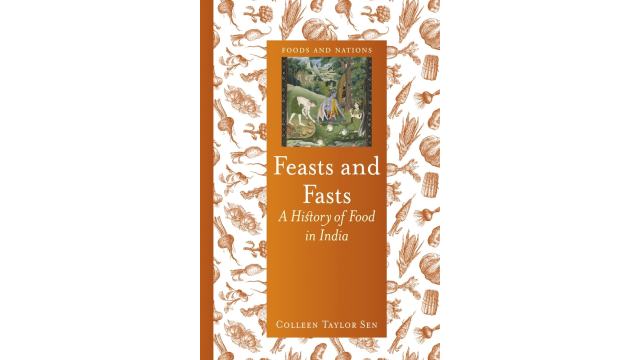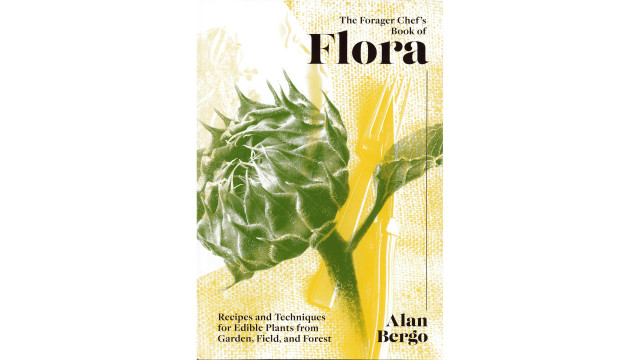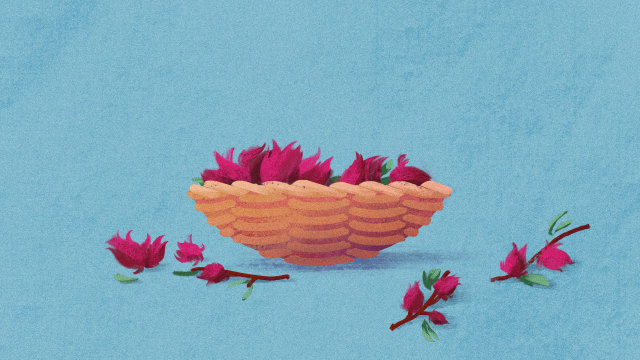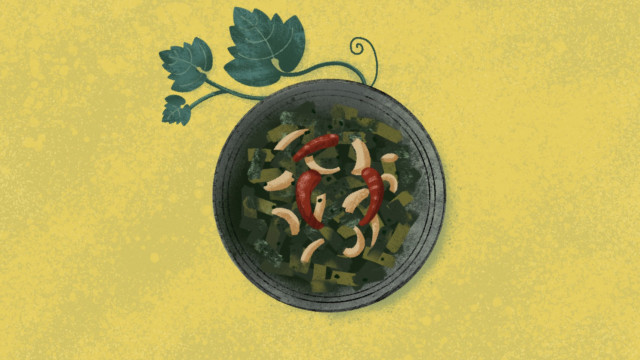Fallen from the Sacred Tree

In 2015, I took a trip to Bandhavgarh Tiger Reserve that kindled a completely unexpected love affair with the enchanted beauty of central India’s forests — and with the most magical flower to be found within them. A lack of connectivity has preserved many of the secrets of the Satpura hill range, and most people come to find the tigers, but I was overwhelmed by a sweet aroma lingering in the air, drowning out everything else.
Without realizing it, I had journeyed to the forest in the middle of mahua season, which falls between March and April. Madhua longifolia blossomed everywhere, with a perfume that was, as my grandmother would say, potent enough to make an elephant drunk.
The musical pitter-patter of mahua flowers falling to the ground greeted me each morning like soft rain. The roads crisscrossing the forests were covered with plump mahua blooms the light green of juicy sugarcane pith, but much more sweetly redolent. Crushed by passing vehicles, they would begin to ferment as the day warmed. Mahua specifically refers to the flower, while the trees, fruit and seeds have adjectives in different languages appended to them.
The flowers have been instrumental in forest economies in India forever. A common breakfast among the members of the Gond and Bhil tribes living at the edge of the reserve is soaked chana (black gram), slow cooked with mahua, seasoned with just salt: an ingeniously simple yet super nutritious meal. In winter, they pound dry mahua flowers with roasted sesame seeds to make two-ingredient laddus that are packed with carbohydrates, protein, fats and minerals. Across the country, the tree is sacred, never to be cut down.
The flowers are a nutritious source of carbohydrates and minerals, the sweet flesh of the fruit can be enjoyed in season, and the oil from its seeds becomes everyday cooking oil. They are also unbelievably abundant; the mahua harvest is comparable to some of our cultivated grains, and the flowers glut rural markets every spring.
I also learned how a sacred plant can become an object of shame. Tribal villagers sing songs when they collect mahua and when they collect herbs for the medicinal brew they ferment, distil and consume, mostly on festive or ritualistic occasions. But when I tried to ask women sun-drying the flowers on palm-leaf mats some questions, there was a sense of hesitation and embarrassment. With most mahua being harvested for the illegal, commercial liquor industry that has supplanted traditional, medicinal brewing in India’s tribal belt, the flower has become stigmatised. People were trading this rich, wild resource for cheap grains, the product of monocropping food systems, at the village grocer. Children were bartering bagfuls of dried mahua for plastic packets of chips and candies.
With a terrible sense of how India’s urban populations have corrupted the country’s ancient food systems, I wanted to somehow bring mahua into my own kitchen. But it was a challenge to find clean, properly stored, dry flowers. Neelam Varma, who runs a small curio shop in Tala village in the Bandhavgarh range, told me she hoped to motivate the villagers to collect the cleanest flowers for cooking purposes. Her efforts were later successful, but that year I just collected a few kilos of fresh mahua from the ground around the forest guesthouse myself.
Back home, I baked them dry in my oven. The house filled with an earthy aroma that connected me to something familiar, yet elusive. It awakened dormant memories of the puris and gulgule that my grandmother used to make with the flower. A couple of years later, when I wrote Pakodas: The Snack for all Seasons, I had to include mahua gulgule. This recipe prompted a lot of queries about how to procure and cook mahua.
I realized that it was often closer than people realized, with the tree growing across India. For example, I discovered that there were a few mahua trees at the Banaras Hindu University campus, where I had studied for close to a decade. Every year, I found a way to get some collected from these trees for my continued experiments.
Dense, chewy dehydrated mahua doesn’t yield much flavour on the tongue, but chew it well and your senses will be filled with the essence of earth, water, air and whatever lies in between. The fresh juicy mahua is a different entity altogether — nature’s essence in the most ethereal form. Mahua is a great natural sweetener and can be made into molasses or syrup or powdered to sprinkle over breakfast cereals and desserts.
One year, I soaked mahua along with raisins and other dried fruit in rum and wine for my Christmas cake. Mahua flowers are a little drier than raisins, but have a more complex sweetness that indicate their mineral richness. A recipe of that cake on Instagram got more attention. In the years since then, I’ve seen farmers selling dried mahua online, and even brands selling it on Amazon.
One of the more thoughtful initiatives is Miraimaia, which brings wild foods into urban homes while supporting tribal women. Founder Monika Kapoor asked me to develop some recipes with mahua, which resulted in a mahua tamarind chutney, mahua pickle, mahua cookies, mahua syrup, mahua jaggery, and a popular mahua trail mix. While I keep working on more such special recipes, mahua has also become a part of my regular home food — I even use it in my sourdough breads. Now part of my everyday existence, mahua is no less enchanting than when I first encountered it.
RECIPE: Mahua Walnut Muffins
Key Takeaways
- Mahua is a natural sweetener.
- It plays a big part in Indian herbalism.
- The flowers are highly nutritious.





